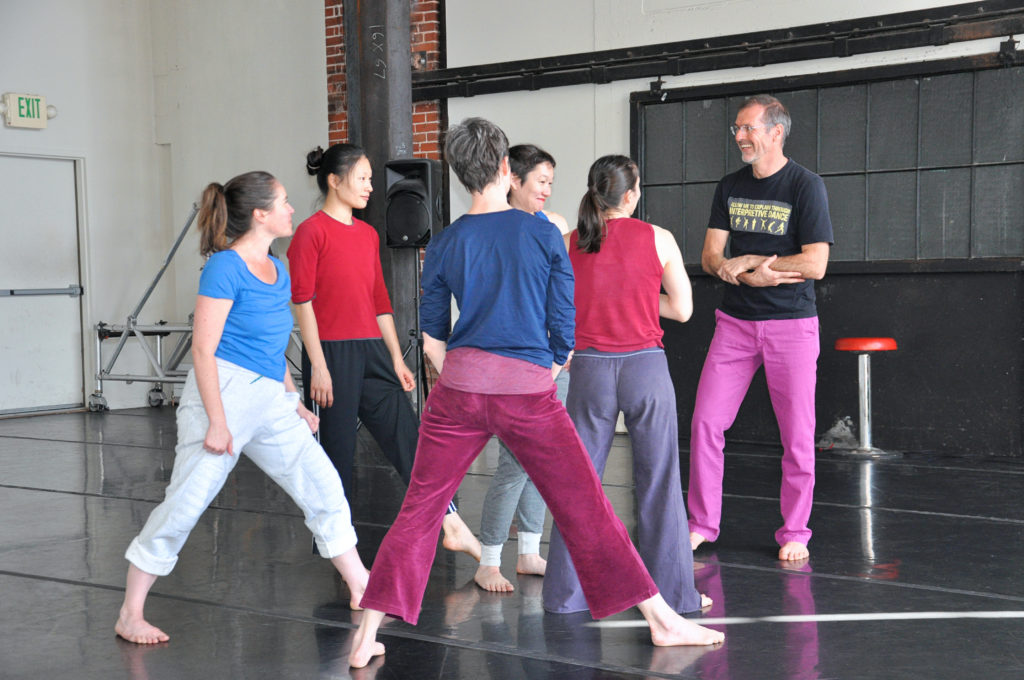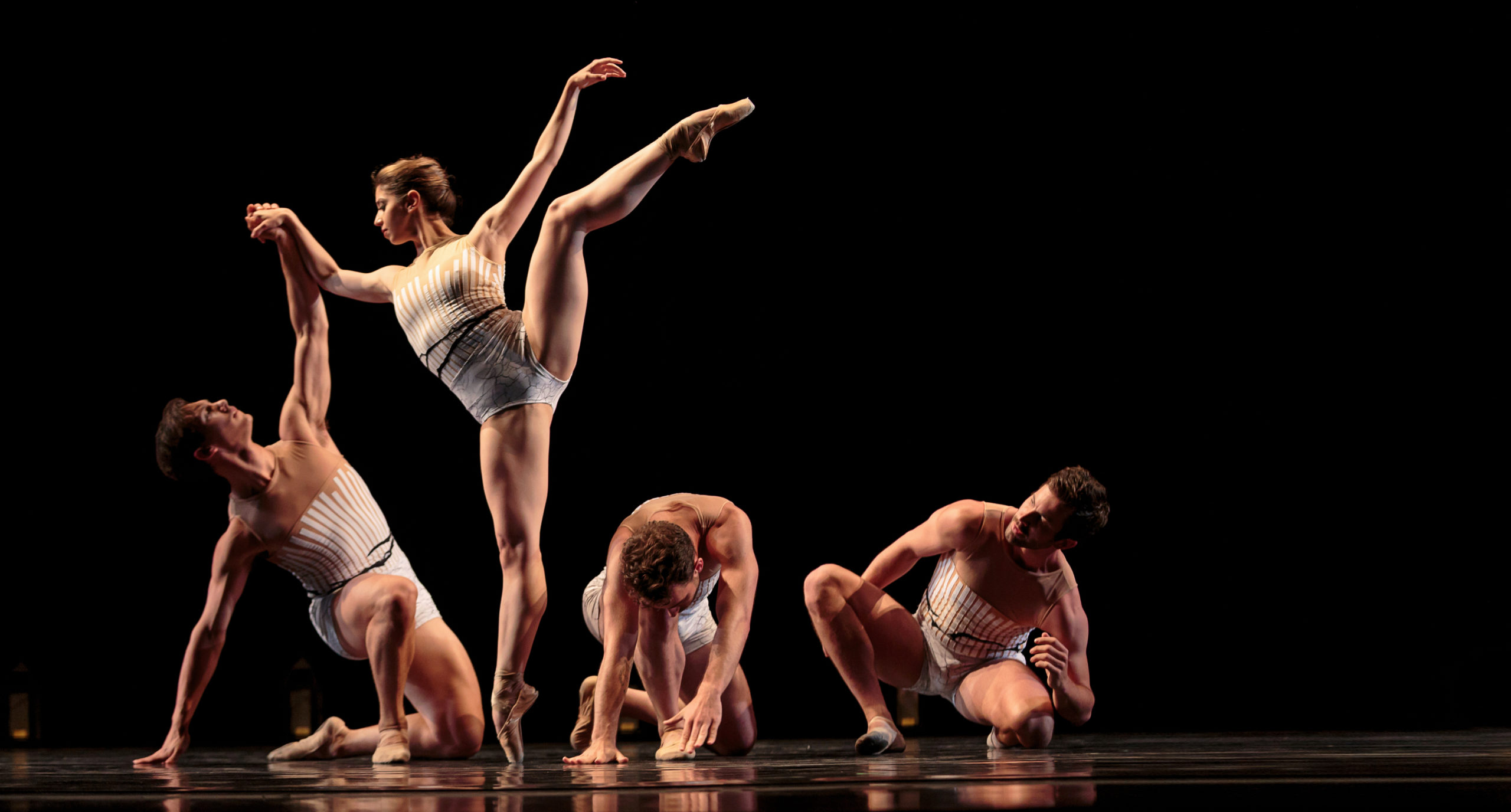How to Get Meaningful Feedback on Your Choreographic Work—and What to do With it
Early in her career, choreographer Liz Lerman found herself tasked with giving feedback on other artists’ work as part of a National Endowment for the Arts fellowship. “I realized that I was always looking at other people’s work through the lens of my own aesthetics,” she says. “Where were the old people? Why weren’t the dancers talking? How come it wasn’t political?”
Yet Lerman was also frustrated by the feedback she was receiving on her own work, and by the idea that artists should simply sit back and receive critique rather than engage with it. “I hated being misunderstood,” she says. “I felt like we should have a dialogue.”
Generating feedback that feels aligned with the goals of your work can be a challenge—as can knowing what to do with that information once you get it. And even when feedback is conveyed with care, it can sting. Lerman’s Critical Response Process, which she developed beginning in 1990 based on her own dissatisfaction with giving and receiving feedback, addresses some of these issues in its four-step process. Its central tenets include the idea that makers should have an active role in the critique of their work, and that the best feedback is generated when there is a foundation of trust, as well as a spirit of generosity and goodwill.
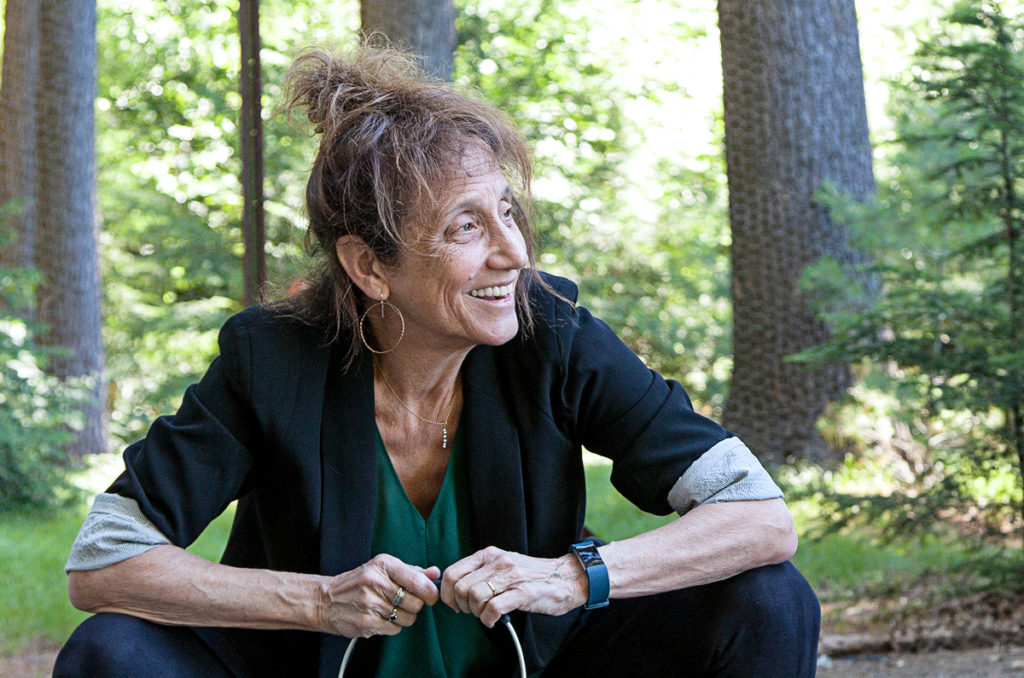
Feedback can come in forms as casual as inviting a mentor to watch a rehearsal, or as formal as a traditional audience talkback. However it happens, feedback is an invaluable part of the creative process, especially for early-career choreographers, says Spectrum Dance Theater artistic director Donald Byrd. “Feedback is an antidote against hubris,” he says. “It’s an opportunity to learn; to know something you didn’t know before.”
Know What You’re Looking For
Soliciting any and all opinions about your work may very well produce some interesting interpretations. But you’re more likely to generate useful feedback by being intentional about what you’re asking for and why. “Be really clear about the question you want to ask,” says Gesel Mason, choreographer and faculty member at University of Texas at Austin. Mason, who performed with Lerman’s Dance Exchange, often uses CRP or aspects of the practice, which entails asking viewers specific questions about what they saw.
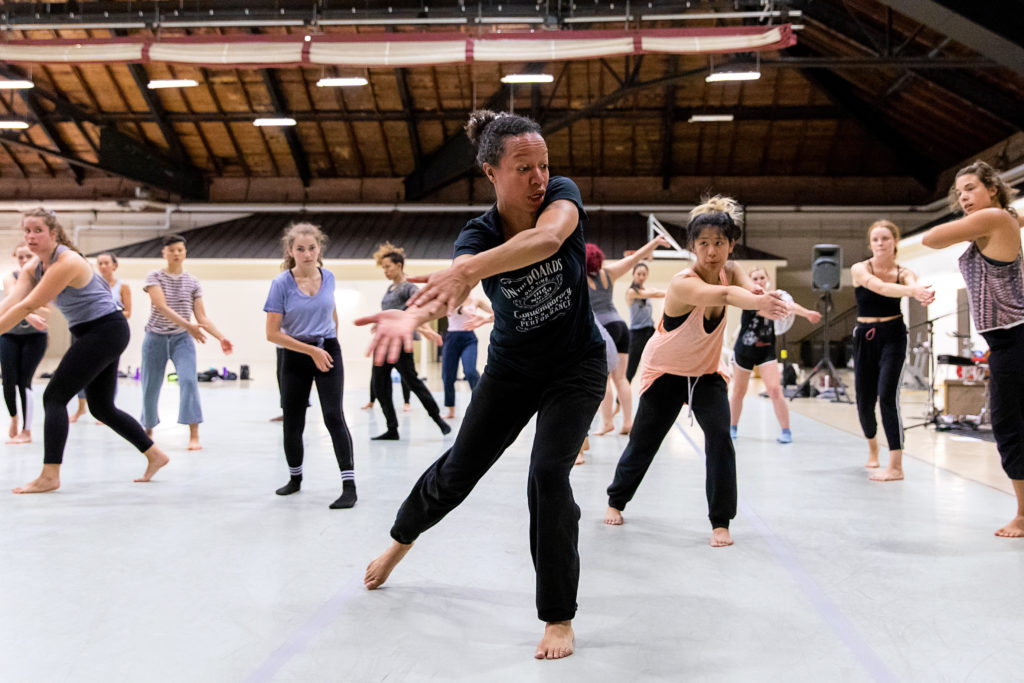
This clarity will help you shape the conversation: Do you want to ask directed questions about a section you’ve been struggling with, or about whether a theme is emerging clearly? Or do you want to facilitate a viewer’s experience of the piece, letting them lead with their impressions and questions? Early in Byrd’s career, for example, he was hungry for any responses he could get and eager to find out what his work was “missing.” Now, he is more selective about who he asks, and is mostly interested in whether his ideas are coming across.
Your motive will also shape whose feedback you seek: An artist from another discipline? A dancemaker who shares—or doesn’t—your sensibilities? A trusted friend? An educated stranger? Byrd most values opinions from those who he knows won’t approach the work with a strong bias towards their own aesthetic preferences and values. Soliciting opinions from those who you are hoping your work will speak to, says Mason, helps ensure you aren’t in an echo chamber of friends and colleagues.
Beyond “Did You Like It?”
Though it’s natural to be curious about whether a viewer “got” your piece, contemporary choreographer Christy Funsch steers clear of this idea when she facilitates talkbacks, pointing out that rarely is it so simple that a work is either understood or not. Instead, she’s “found that it’s more helpful for choreographers to receive a list of images, an expression of an emotional experience that a viewer went through,” says Funsch, who splits her time between New York City and San Francisco. “Try to get away from ‘answers’ and instead acknowledge the incredible thing that dance can do, which is make us find relational truths and reverberations that don’t lead to a single answer.”
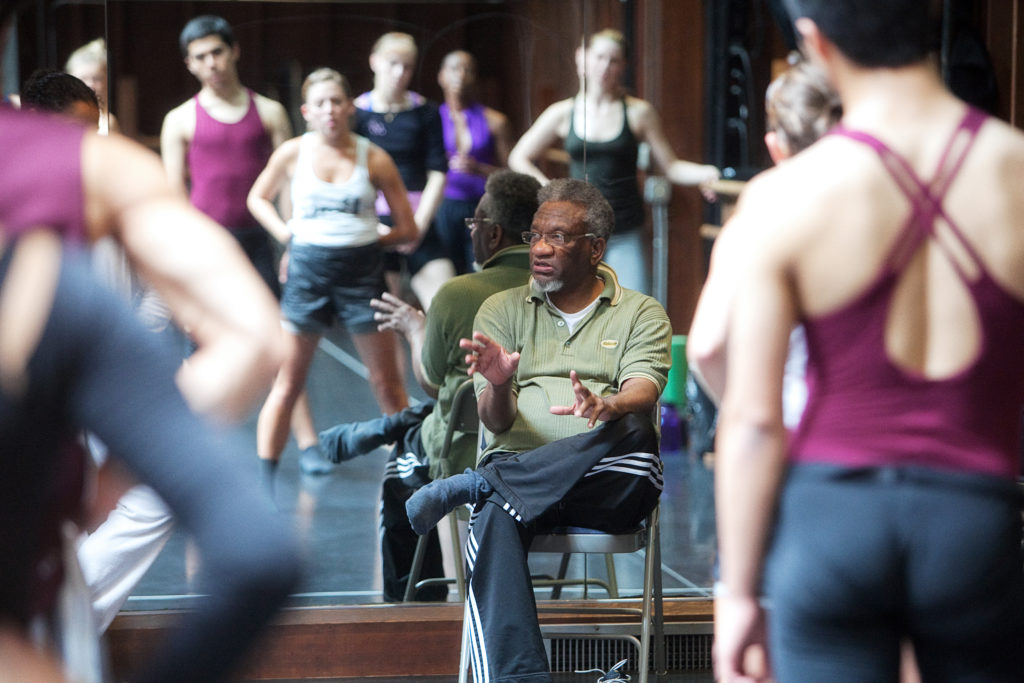
Byrd feels similarly. “I know that not everybody’s gonna like what I do, and is that really the thing that I want?” He finds it more useful when viewers ask him questions about a piece, and, similarly, when he gives feedback, he avoids suggesting solutions and just says what he sees.
Feedback Feelings
Because receiving feedback can make you feel vulnerable, it’s tempting to wait until a work is fully baked to invite others in. But, says Amy Seiwert, artistic director of San Francisco–based contemporary ballet company Imagery, waiting until you feel ready often means waiting too long, when there’s no time left to make substantive adjustments. Solicit feedback early and often, she suggests, especially when you don’t feel ready: One of her most generative experiences was during a residency when her mentor, Val Caniparoli, would watch an hour of rehearsal every week, whether or not she had anything specifically prepared to show him.
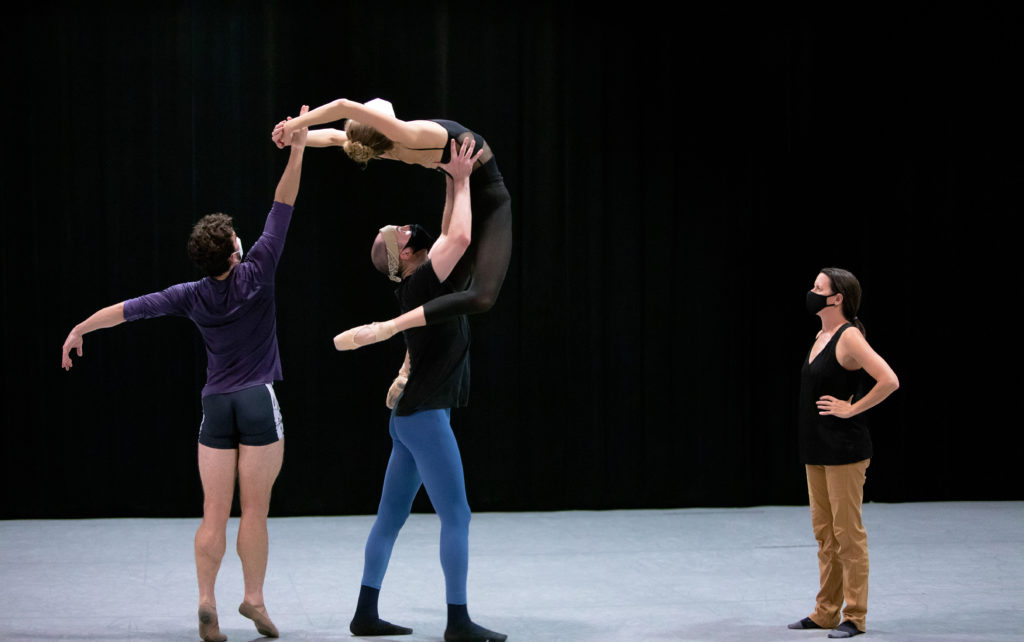
Asking for feedback from people you already trust can make the experience feel less scary. But trust can also be developed in the process itself: Lerman’s CRP is set up to build trust between the maker and the responder throughout the four steps, which begin with viewers simply stating observations in step one and end with sharing opinions in step four. This process also helps artists be more receptive: “If you get defensive, you might as well stop—you aren’t going to learn anything,” Lerman says.
Learning how you respond to feedback is as important as the feedback itself, says Byrd. “At the beginning, you need to take it all in so you can learn to manage not only what you’re hearing, but your feelings about what you’re hearing,” he says.
Now What?
Byrd says that it took him years to realize that feedback is just information for him to use as he wishes. But deciding how, exactly, to use it—if at all—can be fraught, says Columbus-based choreographer Bebe Miller, as there’s a risk of moving in the direction of what someone else was expecting, rather than what you’re trying to make.
Even comments that are at first puzzling can spark creativity: Unsure what to make of a critique that her movement phrases are too short in length, Lerman began playing: “What if I thought about too-short lighting, or too-short costumes, or a too-short program note?”
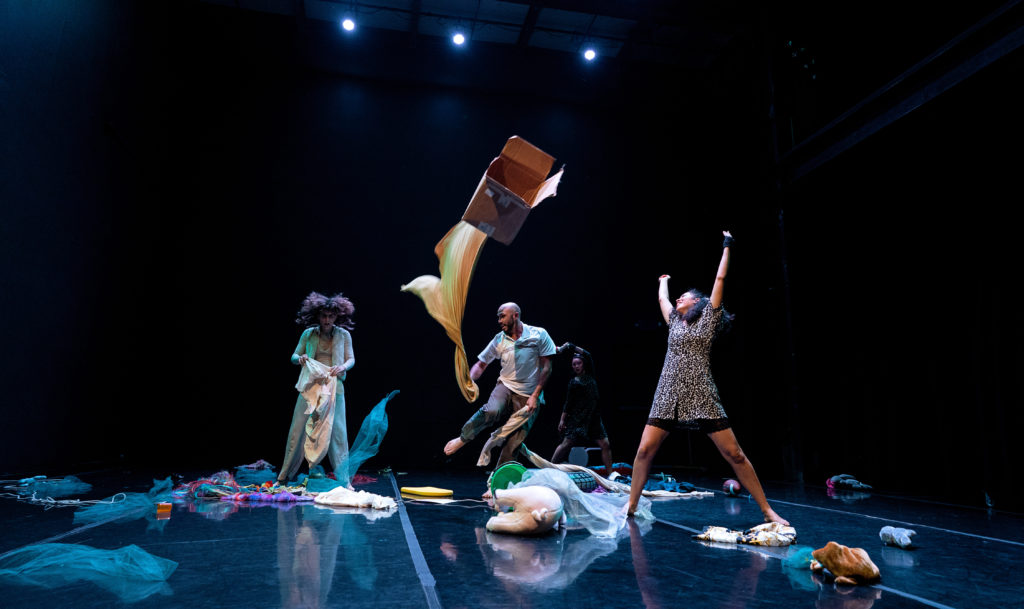
When Mason facilitates feedback sessions among her students, she often has the choreographer implement one change right then. She’ll ask how it felt, what they learned and what they want to take or leave from that experiment.
Critiques that you don’t agree with can be instructive too, says Seiwert. She remembers a time that someone didn’t like a song she was using, and after listening to it over and over again and reconsidering her decision, she emerged able to articulate even more clearly why the song was exactly right. “Sometimes you just need someone to point out that your glasses are sitting on top of your head—you have everything you need, you’re just not seeing it right now,” she says. “To me, that’s where the feedback can be really effective. Because the choreographic process can be so isolating, but it doesn’t need to be that way.”
The Value of Embodied Feedback
Nonverbal feedback, communicated through movement itself, can be illuminating in its directness—you don’t have to imagine how a different approach might shift a piece, you can see it happen in real time.
For contemporary choreographer Christy Funsch, one way of eliciting this is by setting up opportunities for dancers to exert agency over the work, such as asking them to “perform” a piece that isn’t finished as if it were. “Performer choice is a really particular kind of feedback,” she says. San Francisco choreographer Hope Mohr, too, sees “collaboration as a constant form of feedback,” and often asks dancers how the work feels on the inside, using their somatic experience of it to shape how it unfolds visually.
For an even more direct form of embodied feedback, there’s Wrecking, a practice created by choreographer Susan Rethorst in which outside directors “wreck” a choreographer’s work, rearranging and reframing the existing material to create a new version. Funsch, who facilitates wreckings of her own work and the work of others, says the practice can be generative in its subversion of language and politeness—feedback doesn’t have to be articulated, it is simply enacted. Sometimes Funsch has used part of a wrecked version of her work in the final iteration (giving credit to the wrecker), and other times, seeing someone else’s take on her work reinforces why she made the choices she made. —LW
